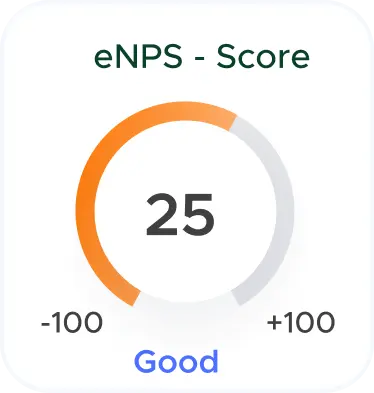What is the purpose of an appointment letter?
The primary purpose of an appointment letter is to formally offer a position to a candidate and outline the terms and conditions of their employment. It serves as a reference point for both the employer and the employee, providing a written record of the agreement between the parties.
The appointment letter details crucial information such as job responsibilities, compensation, benefits, start date, and any other pertinent details related to the employment. This document helps establish clarity and transparency in the employment relationship, ensuring both parties know their rights and obligations. It also serves as a means of protection for both the employer and the employee, as it provides a legal record of the agreed-upon terms.

.svg)













.svg)



.svg)
.svg)